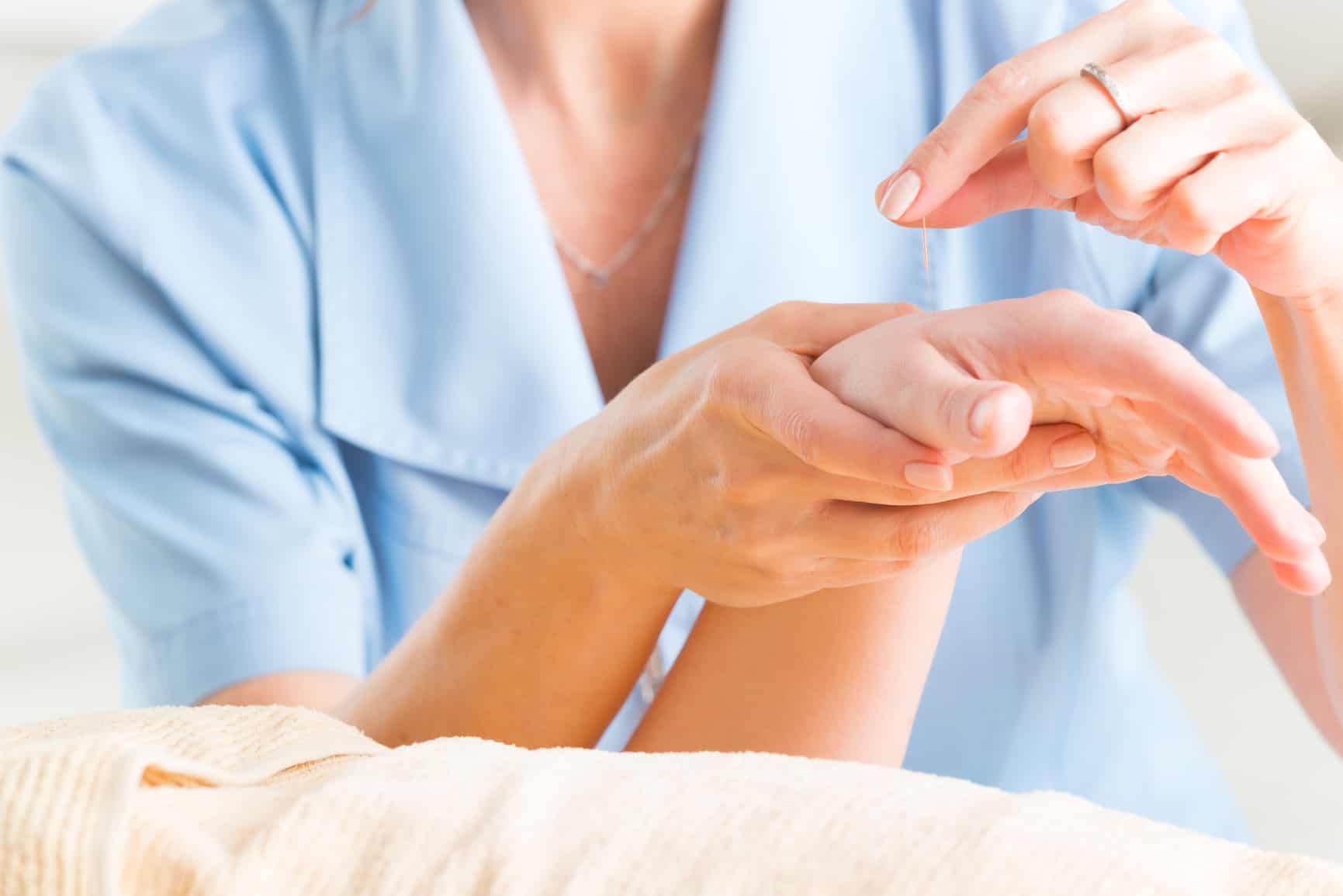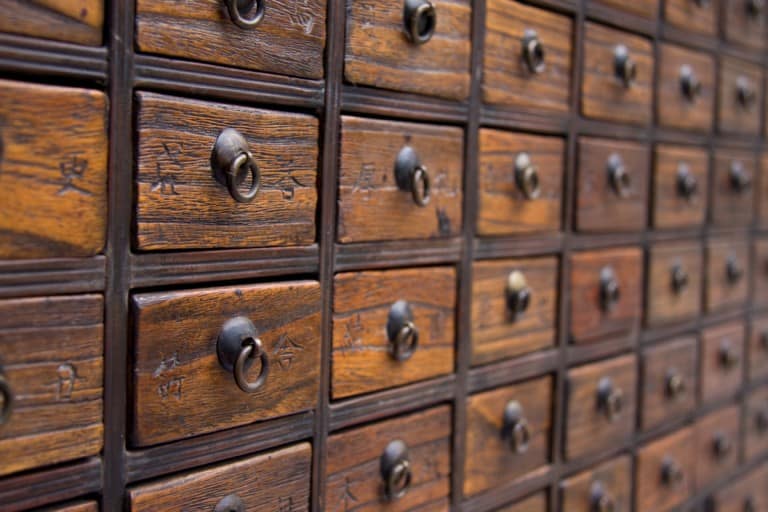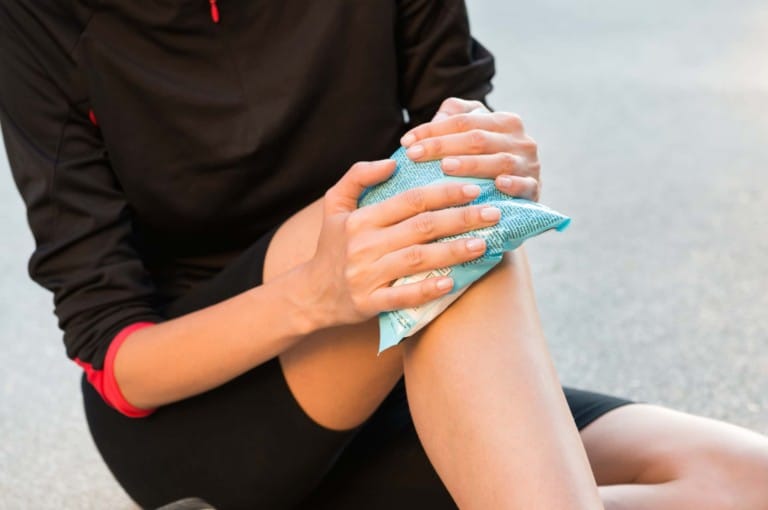Can Acupuncture Treat Chronic Injuries?
Many patients ask, “How does acupuncture work?” It’s a tricky question to answer because terms like “qi” and “yang” aren’t what most people are looking for right out of the gate. They want to hear the question answered in a way they can understand, which means explaining things from a Western perspective. This can be done, but the reality is that the scientific community’s inquiry into the workings of acupuncture is really in its infancy. The literature that is available on the subject makes it quite clear that acupuncture needles and techniques interact with many systems in the body (circulation, endocrine, the nervous system, and the fascia to name a few).1 As is the case with many Western medical treatments and pharmaceuticals, we don’t yet understand exactly how the complicated cascade of events that are triggered by a treatment (in this case, acupuncture) amounts to a certain result. This can make it very difficult to explain exactly how acupuncture can achieve a treatment outcome like improved mood, or improved digestive function, or improved allergy symptoms; however, there are some conditions for which it is easier to explain how acupuncture might be working. The resolution of chronic injuries is one such example.
How Does Acupuncture Help Chronic Injuries?
To our knowledge, there are two ways in which acupuncture for chronic injuries may be helpful. One involves fascia, or connective tissue, and one involves something called the “acute stage of healing.”
To understand how acupuncture needles interact with connective tissue, or fascia, one must first understand what connective tissue really is. Fascia is a flexible, densely woven web of fibers that wraps around all of the tissues in the body. It is a continuous structure that essentially holds us together. When you get an injury that affects that web of connective tissue, like whiplash, or a scar, physical trauma, or even bad posture, the fascia loses some of its natural mobility and can start pulling and tugging on surrounding tissues. This can cause pain! When correctly manipulated, acupuncture needles possess the capacity to transduce mechanical signals to the connective tissue, meaning that they have the capacity to unlock areas where the connective tissue gets stuck.2,3,4 This is in part because needles are small enough that they can wrap around and release the tiny fibers of fascia when the needling technique is correct.3 This mechanism can quickly correct injuries where the fascia is strongly involved in the primary dysfunction. As an example, the discomfort from whiplash typically resolves after only a few treatments.
The other mechanism via which acupuncture may be playing a role in the resolution of chronic injuries is through what is called the acute stage of healing. When you insert an acupuncture needle, you are, at baseline, creating an injury to the tissues. This stimulates, on a small scale, the cascade of biological events that occurs during the acute inflammation stage of an injury. When an area is injured, the surrounding tissues get flooded with fluid, fibrin, neutrophils, macrophages, lymphocytes, etc., as the body cleans out damaged tissue and repairs and replaces cells. Left to its own devices the body is capable of regenerating tissues for about a week or week and a half. After this point, any additional repairs that are needed are made via the formation of scar tissue. Clinically, I have observed that creating “therapeutic trauma” with the acupuncture needles around an area of chronic injury appears to allow the body to re-engage with the acute stage of healing, when it has been locked in the chronic stage of healing for some time (read: scar tissue and/or low-grade inflammation). For example, pain that can arise from injuries that never healed well, herniated discs, and chronically inflamed joints to name a few, usually resolve with regular acupuncture treatment.
While talking about how acupuncture works in a way that makes sense to a modern American can be tricky, it is the author’s opinion that it can be done. While acupuncture was developed in a time and culture where the way of understanding the world was very different from our own, it has stuck around for so long because it works; however, wanting to understand the why and how is only natural, after all.
1. Tryacupuncture.org. (2013 April 4th). Article title. Retrieved from http://tryacupuncture.org/scientific-proof/
2. H.M. Langevin et al., “Biomechanical response to acupuncture needling in humans,” J Appl Physiol, 91:2471-78, 2001.
3. H.M. Langevin et al., “Mechanical signaling through connective tissue: A mechanism for the therapeutic effect of acupuncture,” FASEB J, 15:2275-82, 2001.
4. H.M. Langevin et al., “Tissue displacements during acupuncture using ultrasound elastography techniques,” Ultrasound Med Biol, 30:1173-83, 2004.







